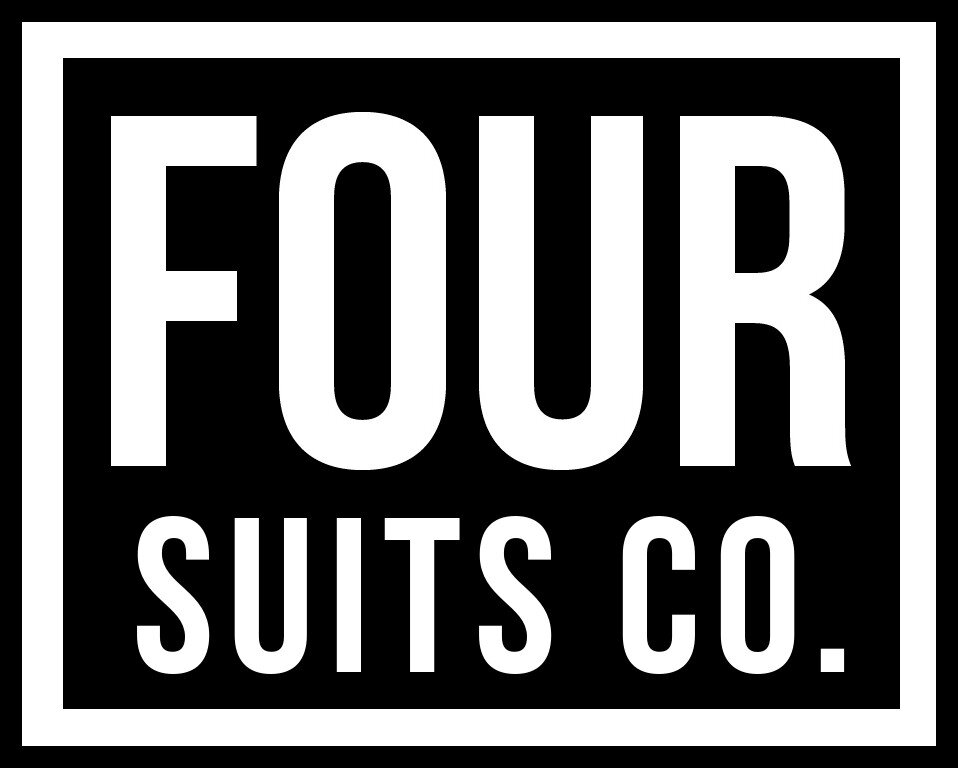In Defense of the 21 Card Trick
As a disclaimer, I should note that not only did I never learn the 21 Card Trick, I can’t actually even remember ever seeing it performed.
A couple of weeks ago I was jamming with a few magician friends (almost all card and coin guys), and one of them had brought a friend who had just started practising magic. As I chatted with him I asked him what he was working on and he told me about some moves. I asked what kind of magic he wanted to perform and he said he wasn’t sure. I asked him if he had any effects he was working on that he wanted to show me, and he said he didn’t actually know any tricks, just the moves he had mentioned earlier. Now, let me be clear, for someone who had been practicing for only a few months, he had made incredible progress. He was working on advanced sleights, and he was performing them well. The friend who had brought him and another very talented magician had been mentoring him (and these are some of the most technically gifted guys I’ve ever met, both with published material). Yet somehow in his search to learn he had skipped all the magic, and moved right on to the technical behind the scenes stuff.
Now this happened for a couple of different reasons: his mentors were also serious cardists, both performed predominantly for instagram, that group was pretty filled with move-monkeys, etc. I know that each of those could use a whole post on their relation to magic and performance (and maybe one of these days I’ll write them…), but the thing that jumped out at me most was that, since he had stepped straight into learning moves (even useful ones like controls, changes, additions, etc) he had missed something that I think we undervalue, and that is the performative experience one gets from doing self-working effects.
I think just about every magician I know learned some self-working card trick very early on. The 21 Card Trick is the classic punching bag, but there are many. I think mine was naming the top cards from three cut piles using the one-ahead principle. While these effects are rarely the greatest (though I have been getting back into self-workers and man are there some good ones), since they are essentially move-less they allow you to focus entirely on presentation, which is as important a lesson as 100 pointers about where your second finger goes for a certain palm. While we look back on those performances as cringe-worthy, painful, and embarrassing (and I’m sure they were), we forget that they forced us to immediately begin learning how to make people care about the effect (since it would not have flashy visuals to pull them in), and how to invest each part with some meaning (since there was often a lot of procedure), and how to dress up a simple effect with perhaps the least practised but most useful magic sleight there is: acting.
-- Z.Y.
